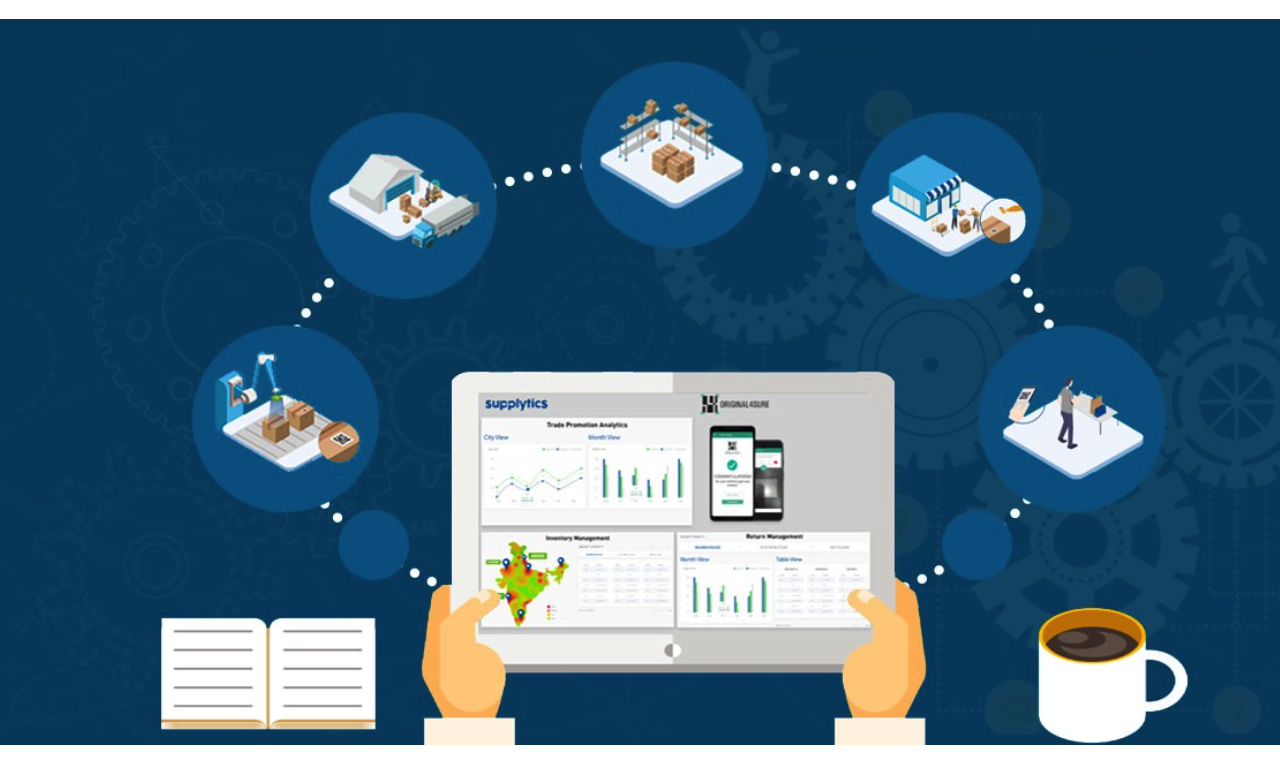The Many Faces of the Future of SAP Analytics – Part 1 (Is Embedded Analytics the Death of SAP BW?)
As I settle into my new role with SAPinsider, I’ve been thinking about what topics to cover for my weekly articles. I’m struck by the many open questions facing the SAP user community today — questions driven by new technologies, new user expectations, and a fundamental shift in the role data and analytics play in our everyday personal and professional lives.
We are all comfortable with quickly changing personal productivity technologies and targeted use of data and analytics. We’ve all accepted that Amazon seems to know what we want to buy before we do, for example. We use apps by the dozens and fully expect those apps to learn our habits, “know” us, and deliver highly personalized experiences.
But as comfortable as we are with these types of technologies in our personal lives, in our professional lives, we are still utilizing reporting and analytics software and solutions designed in the 90s. I am equally guilty. I have been working with SAP’s reporting and analytics solutions since the R/3 SIS, LIS, HRIS days and with its business warehouse (BW) since version 1.0E.
Explore related questions
When SAP launched SAP Business Warehouse (SAP BW), it made us think about transaction systems and reporting systems as entirely different entities with completely different design principles. We utilized the technology at our disposal, and we made the best of it. But we quickly realized that while SAP BW met some of our reporting and analytics needs, it did not meet all of them. We designed reporting solutions as standalone systems optimized for “reading” data vs “writing” data, moving data from one system to another to shift the burden of analysis from OLTP servers to OLAP servers. And we created layers of data redundancy by aggregating and pre-calculating data for performance optimization.
Twenty years later, there are thousands of organizations and millions of users who are still utilizing those 90s-based solutions. We now find ourselves at a major turning point in both technology and our perspectives on how we should be using technology in our professional lives.
This, therefore, leaves us with some big questions: What does the future of SAP Analytics look like? What are embedded analytics, and do they replace BW? Is BW dead? Are enterprise data warehouses dead? Can there actually be a “single version of the truth”? Some questions are more personal to each of us: Where or how do my skills fit in this new world? What is a data lake, and why should I care? Am I a dinosaur for still wanting to receive my piece-of-paper reports?
These are all valid questions that each deserve — and will get — a full discussion. But they are more than I can cover in one sitting. Therefore, I would like to separate this conversation into a multi-part series, opening the first part with a discussion on embedded analytics.
What Are Embedded Analytics?
Embedded Analytics is a highly touted feature of SAP S/4HANA. As the name implies, embedded analytics are built directly into the business processes of SAP S/4HANA, providing context relevant information and tools that allow you to analyze data in real time as you perform your transactions. The new user experience of SAP S/4HANA is more than just a new front-end tool — it is about recognizing that for you to effectively perform your work functions, you need information upon which to base decisions (large and small). And you need that information while you are in the middle of conducting transactions — not two days later. Do you need to see a customer’s open A/R aging status while deciding whether to extend them more credit? Embedded analytics. Do you need to determine which supplier to place an order with based on who has historically been the most reliable? Embedded analytics.
Embedded Analytics comes to us standardly with SAP S/4HANA based on what processes you deploy. It leverages a virtual data model of your SAP S/4HANA data based on core data services (CDS). Just like the SAP BW content library of old, SAP delivers a starter set of most-commonly-asked-for and best-practice insights as its Embedded Analytics, but it provides the ability for us to extend the functionality to meet our individual needs. Think of Embedded Analytics as the operational reporting you have today, which you’ve either addressed via ABAP reports directly in your SAP ERP system or by cubes, queries, and reports built in your SAP BW system.
So now you may start to be seeing where and how embedded analytics is driving one of the bigger questions in the SAP ecosystem today — if Embedded Analytics is now my operational reporting, does that mean that I no longer need a separate SAP BW system?
Is SAP BW Dead?
If you’ll forgive my lapsing back to consultant-speak, the answer to THAT question is a resounding “It Depends”. Let’s look at the characteristics of embedded analytics, which:
-
- Offer real-time insight
-
- Leverage ONLY data within your SAP S/4HANA environment
-
- Are predetermined, not ad hoc
-
- Provide operational insight
-
- Are built into transactional process flows and screens
- Are not intended to be printed or highly formatted
If you look at these characteristics and weigh them against the characteristics or capabilities of your SAP BW system, you see that Embedded Analytics will NOT replace all the capabilities of SAP BW, unless your SAP BW system only uses SAP ERP data and only delivers operational reporting. Should you interpret that to mean that SAP BW is not dead? Yes and no.
Embedded Analytics does not replace every use case fulfilled by our legacy SAP BW systems; therefore, we need to look at what is the future for those uses cases NOT met by Embedded Analytics — such as use cases of ad-hoc reporting, advanced analytics, and working with non-SAP or unstructured data. We will talk about what’s ahead for these use cases (and more) in future discussions, but now I present you with this perspective: the technology and design of our legacy SAP BW systems is obsolete, not dead. What we hoped to achieve with those solutions — a single point of access and interaction with harmonized data integrated from SAP and non-SAP systems to satisfy the use cases of a wide range of users — is still a valid goal.
Our options for how we achieve that goal have changed, but the fundamental objective and goals driving our earlier design can — and should — be leveraged as a basis for how we use the new tools available. We’ve learned so much over the last 20 years about how our data comes together, how we use that data, and what types of insight are needed. None of that is dead, and we are presented with an opportunity to deliver on those goals in a better, simpler way with today’s technologies.
Key Takeaways
Future blogs will delve into the many questions raised in this discussion, but allow me to highlight some key takeaways from this initial discussion:
-
- Users’ expectations are demanding that we re-look at the way in which we engage them and the information we provide them.
-
- Users expect a more personalized user experience that provides them with the data and analytics necessary for their individual functions.
-
- Embedded Analytics addresses operational reporting within the SAP S/4HANA system.
-
- Embedded Analytics is not meant to address all enterprise reporting and analytics needs.
-
- (Legacy) SAP BW is still a key component in thousands of SAP customer landscapes, but advances in technologies present an opportunity to revisit how you address your enterprise reporting needs.
-
- Obsolete does not mean dead; leverage those components that have value or are differentiating and design them into modern technologies.
- And finally, there will be few absolutes in our discussion. As with so much in the SAP world, there are multiple tools and options to meet most requirements. However, there is one absolute that I will share with you now: There is no single “right” answer to the question of what the future will look like. We will each have to determine what the best future is based on our individual needs, users, and technology portfolios.
Thank you for joining me on this journey to the future, and please do not hesitate to reach out with your comments, feedback, and questions via email (penny.silvia@wispubs.com) or on Twitter (@pennysilvia).








